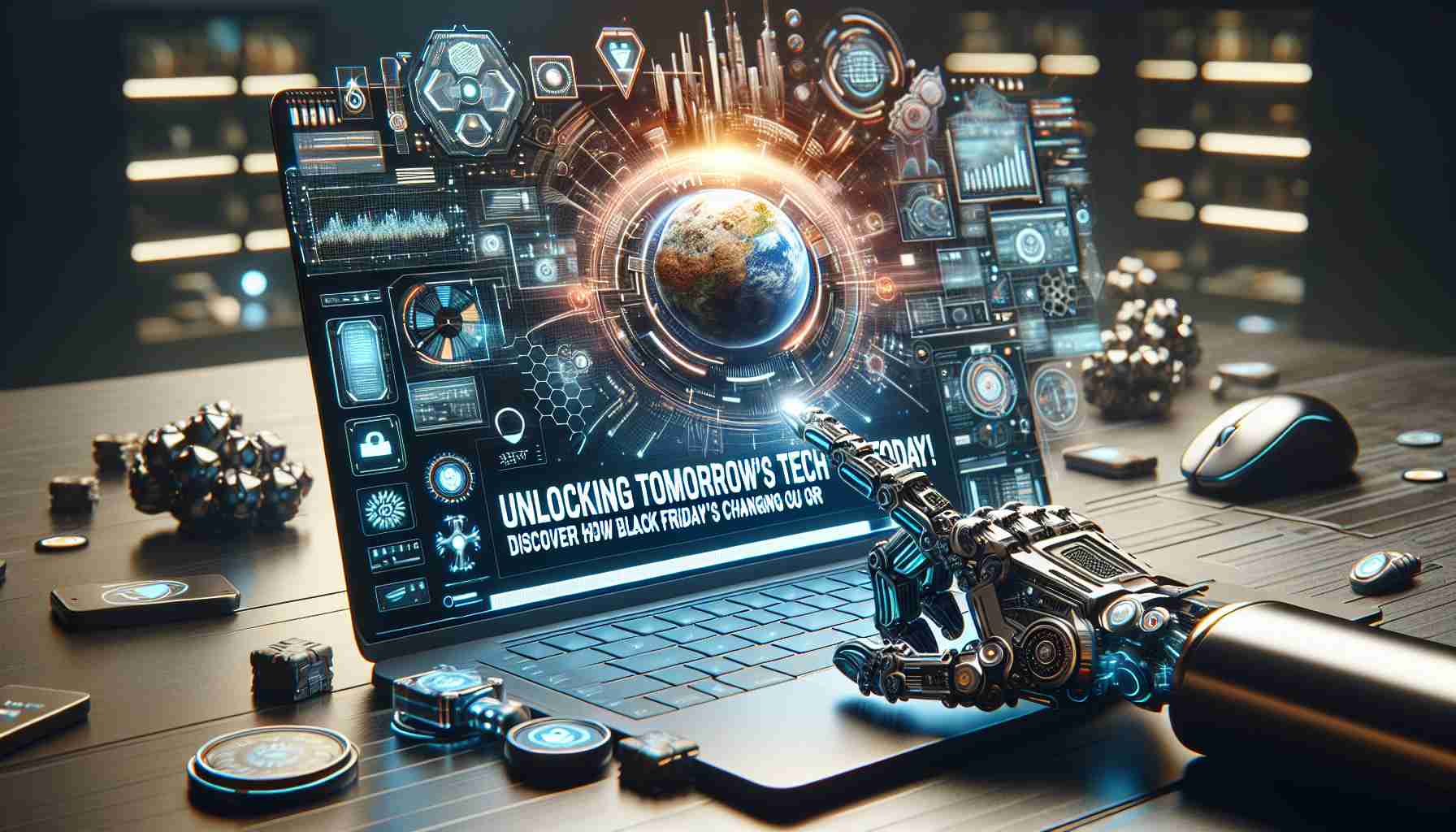GPT-4, the latest advancement in natural language processing from OpenAI, continues to capture the intrigue of tech enthusiasts and professionals alike. This sophisticated AI model builds upon the capabilities of its predecessor, aiming to enhance the spectrum of tasks it can perform with increased precision and sophistication.
One of the most remarkable features of GPT-4 is its ability to generate human-like text with exceptional coherence and context-awareness. This makes it a powerful tool for generating content, drafting emails, and even writing code. Its proficiency doesn’t stop at simple text generation; it can also engage in complex problem-solving, such as mathematical reasoning and logic puzzles, demonstrating an advanced understanding of language and concepts.
Furthermore, GPT-4 excels at language translation and sentiment analysis, capable of processing and understanding multiple languages with impressive accuracy. This broadens its utility, making it valuable for global communication efforts and understanding diverse consumer opinions. Whether it is summarizing vast amounts of text into more digestible content or providing detailed explanations on a wide range of topics, GPT-4’s versatility is evident.
However, GPT-4 is not without limitations. It relies on patterns from vast pre-2023 datasets, which means it might not accurately reflect the most current real-world changes or niche topics. Nonetheless, the potential applications of GPT-4 are vast and continuously evolving, establishing it as a significant step forward in the AI landscape. As its models improve, we are likely to see even greater innovations in how AI can assist and augment human abilities.
The Hidden Wonders and Controversies of GPT-4: What You Haven’t Heard
Beyond Text: GPT-4’s Surprising Applications
GPT-4 is more than just a tool for text generation and translation. Its advanced capabilities are influencing numerous fields, offering unexpected applications that touch everyday lives in novel ways. Perhaps most intriguing is GPT-4’s ability to assist in medical diagnostics through natural language understanding. By interpreting complex medical texts and enabling a more nuanced understanding of symptoms, GPT-4 can aid healthcare professionals in providing more accurate diagnoses and treatment plans.
Redefining Creativity and Art
In the arts, GPT-4 is helping redefine creativity itself. Artists and musicians are collaborating with AI to create unique pieces that blend human imagination with machine precision. From writing scripts for interactive gaming to composing music that adapits to listeners’ moods, GPT-4 is generating a fresh wave of AI-driven art.
Potential Pitfalls and Controversies
Despite its groundbreaking capabilities, GPT-4 raises important ethical questions. The use of AI in legal settings, for example, presents concerns about bias and transparency. How does GPT-4 account for historical biases present in its pre-2023 training data? Can AI maintain objectivity, or does its output reflect the biases of its creators and data sources? These questions remain hotly debated, challenging societies to consider how much autonomy should be granted to AI in decision-making processes.
The Future of AI in Everyday Life
As GPT-4 and its successors evolve, they will likely become increasingly interwoven into daily life. From personalized educational tools that adapt to individual learning speeds to automated systems ensuring smoother public transport, the spectrum of GPT-4’s influence is vast. The question isn’t just what GPT-4 can do now but how it will continue to transform industries and communities worldwide.
For those interested in the expanding capabilities of AI, further exploration can be found on OpenAI.





















